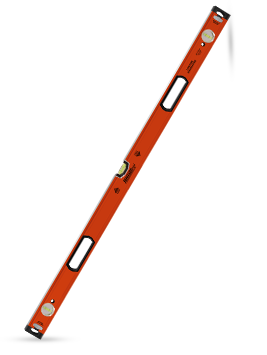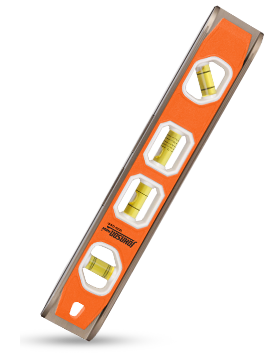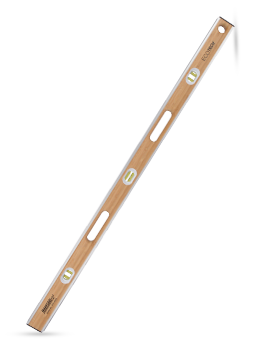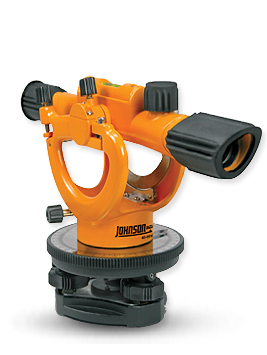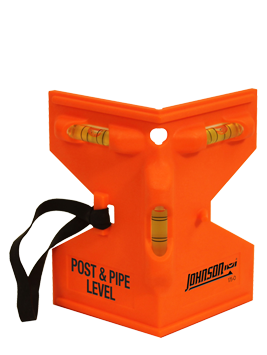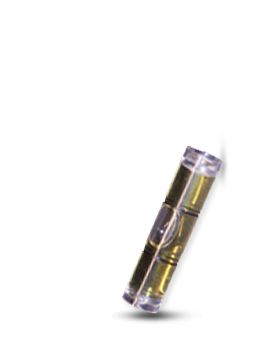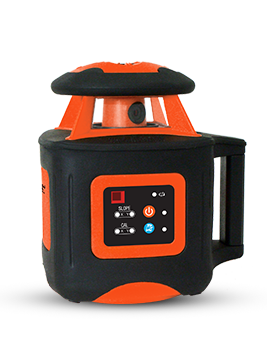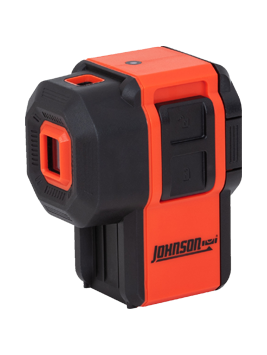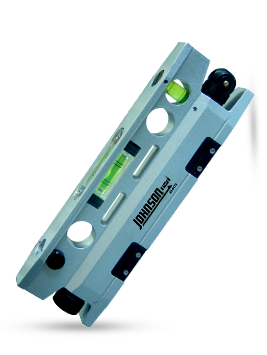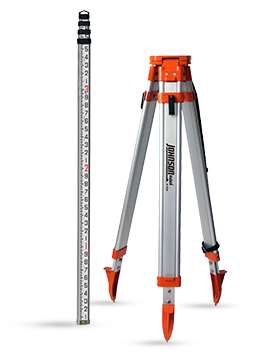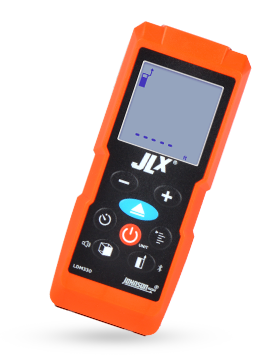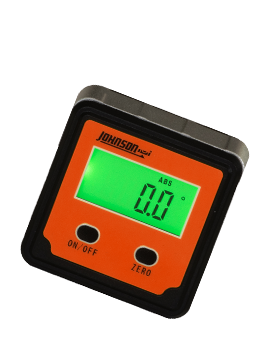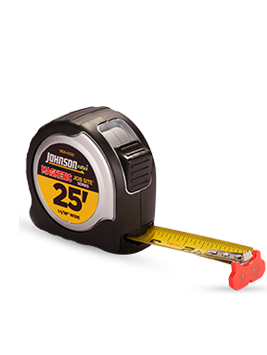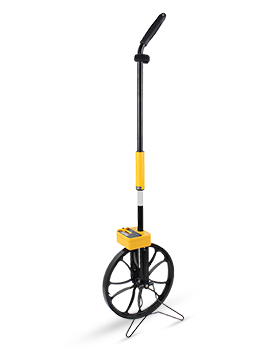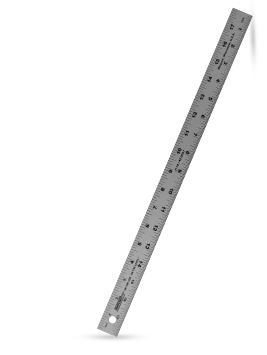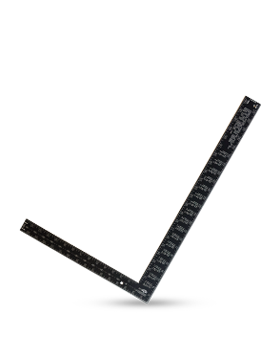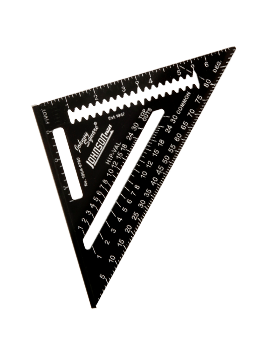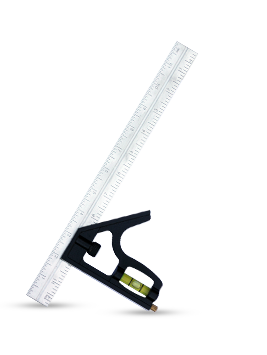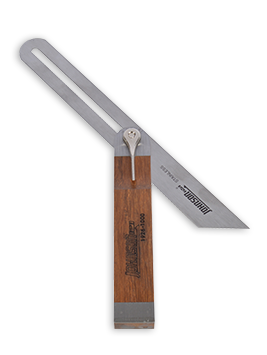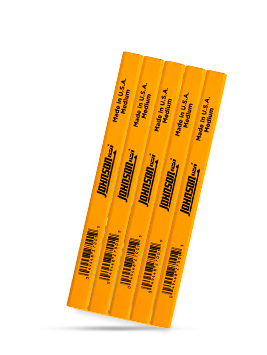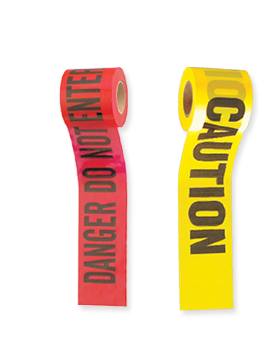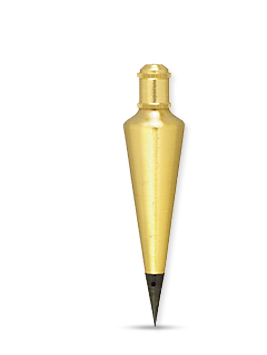Hand Sight Levels
Hand Sight Level Definition and Uses
A hand level (also called a sight level or hand sight level) is a tool used for ‘rough leveling’ – that is, estimation and not precision. A hand level is essentially a spirit level inside of a telescope. The device is generally used by grading contractors and land surveyors to compare multiple points against a reference point to get approximations of level or distance.
Hand levels save time compared to setting up a tripod and leveling instrument. The trade-off is that while hand levels require far less time, they are nowhere near as accurate as a precision instrument.
Sight levels are effective for preliminary surveying and basic distance assessment. Projects in which hand sight levels are ideal include bricklaying, fencing and laying a lawn. Most DIY projects around the house that require some estimation of level could benefit from the use of a hand sight level.
How to Use a Hand Sight Level
- Hold the device at eye level and look through the small opening.
- Make sure when holding the level not to cover the spirit vial, as this will make it difficult to see the bubble from a lack of incoming light.
- Depending on your reference point, raise of lower the front end of the sight level until the bubble centers on the center line in the viewing window.
- Once the bubble centers on the center line, you’ve found level.
- An alternative to holding the hand level steady is to rest the device on a flat surface. This method will give a more accurate reading of level.
Estimating Distances with a Sight Level
A sight level can also be used in conjunction with a sighting rod for estimating distances between the user and another object.
- Begin by looking through the device. Note the lines at the bottom and top of the viewing window. Generally, the distance ratio between bottom and top is 1:12.
- If the user looks through the sight level and see the top line at 6 feet of the rod and the bottom line at 3 feet, the user is 36 feet away from the rod.
Here’s how the math works. First, find the difference between the two distances in the viewing window: 6 – 3 = 3. Then, take the difference and multiply by 12 to convert from the distance ratio to the actual distance: 3 x 12 = 36.
For more helpful guides on correct tool use, consult Johnson Level's guides on how to use levels and tools.

